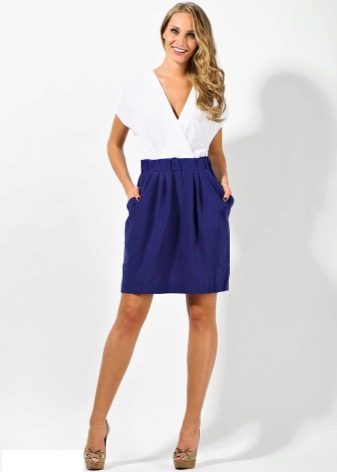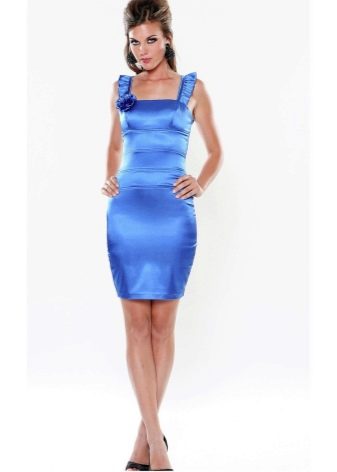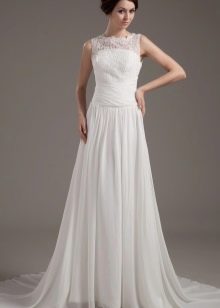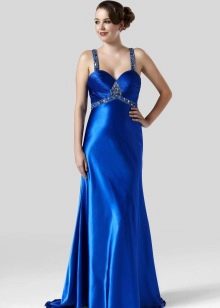Satin dresses

Satin is one of the most expensive fabrics, characterized by smoothness and shine. The canvas is made from natural fabrics, although sometimes it can be combined with synthetic fibers. The material has many pleasant qualities, therefore it is often used in sewing dresses.
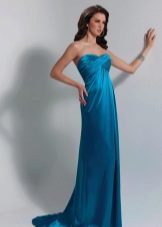


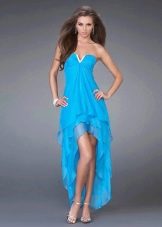
Pros and cons of satin
Satin belongs to expensive fabrics, because it is mainly made from natural fibers.
In the production of clothing, mixtures of satin with synthetic fibers are often used, which gives the fabrics elasticity and becomes cheaper for buyers.
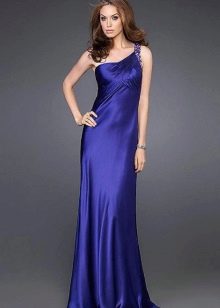
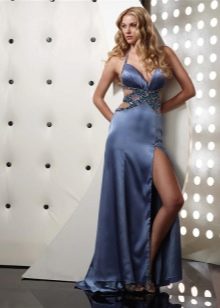
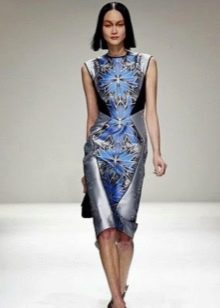
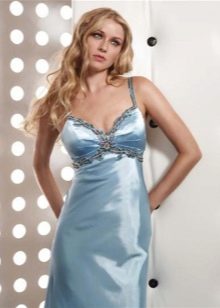

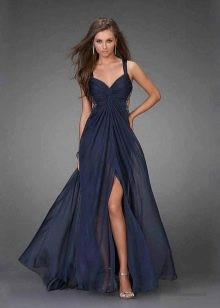
Due to the peculiarities of weaving and the naturalness of the raw materials in the production of this material, it has many advantages:
- Satin provides good ventilation.
- The fabric is hygroscopic.
- The material practically does not wrinkle.
- The canvas is very pleasant to the touch.
- The fabric stands out for its excellent thermal conductivity.
- The material is not electrified, so it is often used in bedding.
- The fabric lends itself to draping.
- Natural fiber does not cause allergies, it is suitable for people with sensitive skin.
- The material does not shrink after washing.
- Satin is characterized by durability and good wear resistance.

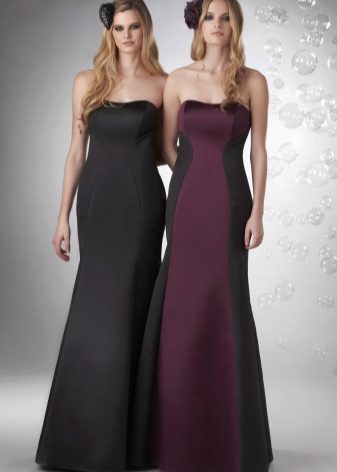
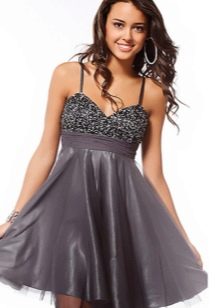

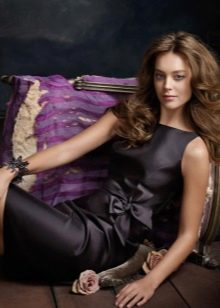
But this material also has some disadvantages. So, the fabric is difficult to process. This touches the edge of the product, which affects the cutting and makes it difficult to work with the edge.



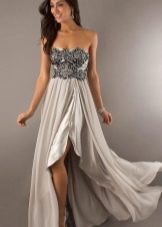
Types of satin
There are several classifications of satin based on the appearance of the fabric.
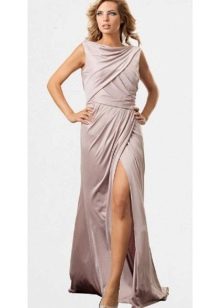
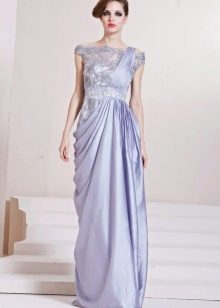
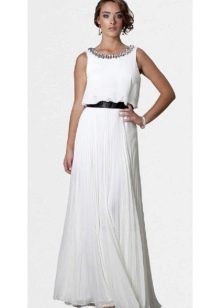
Depending on the origin of the fibers, satin can be:
- cotton - it is made exclusively from cotton fibers, while processing before production, as well as the density of weaving, may differ;
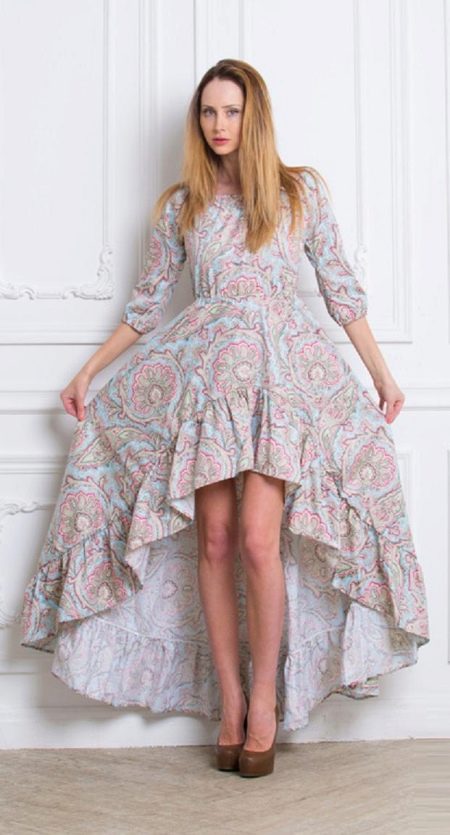
- mixed - a combination of synthetic (usually polyester) and cotton fibers. Thanks to the addition of synthetics, the fabric becomes wear-resistant, and also its cost is reduced;
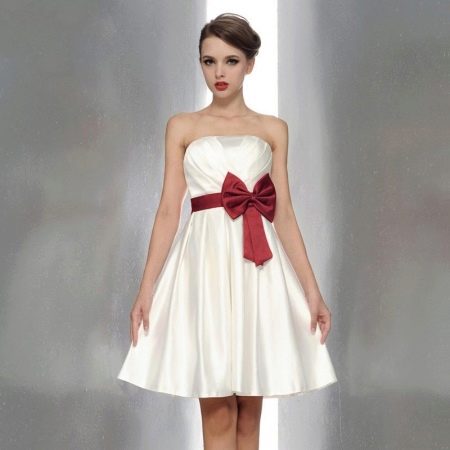
- satin double - a combination of cotton and viscose fibers, which are often used as lining in clothes;
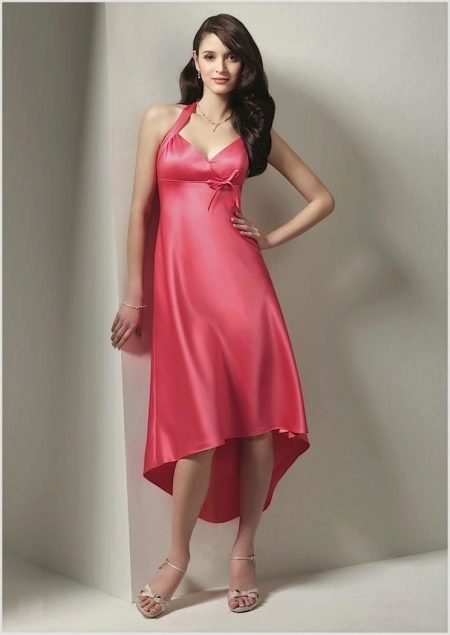
- silk satin - a combination of cotton and silk threads, while cotton is used in the manufacture of the wrong side of the product, it is dull, and silk is used for the front side and looks elegant. Such fabric is in demand when sewing formal wear, as well as for tablecloths or curtains;
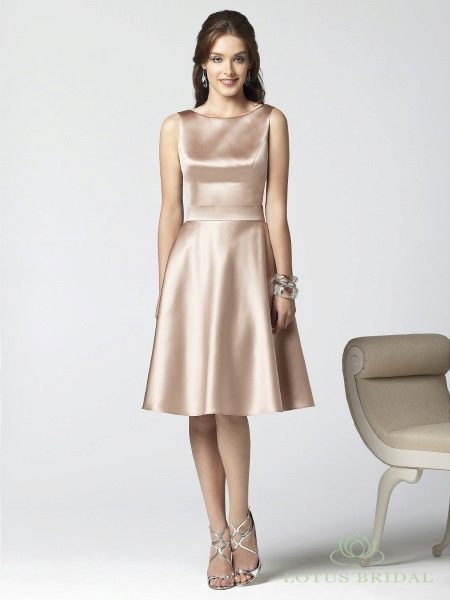
- crepe satin - this fabric in many ways resembles the above-described type of satin, but the difference lies in the use of natural and artificial silk.
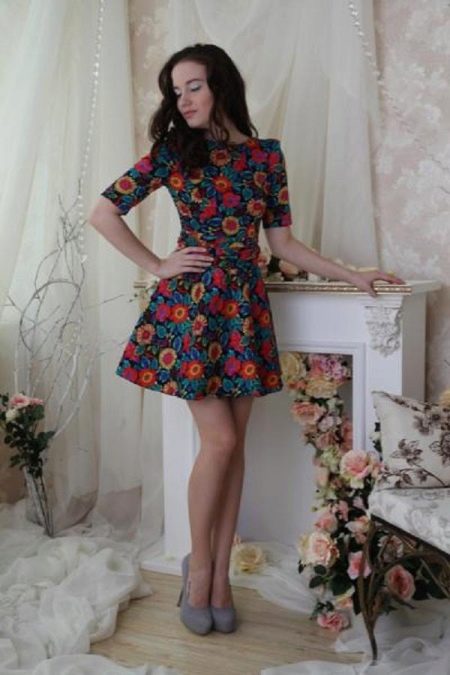
Depending on the purpose, satin is divided into several types.



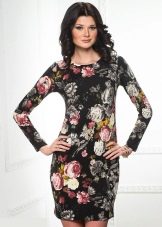
Different methods of weaving yarn and threads are used, so it can be quite difficult to determine the category:
- corsetry - characterized by high weave density;
- curtain - decorative satin (silk, crepe, jacquard, etc.) is turned on;
- wardrobe - this type of satin is mainly intended for sewing clothes;
- staple - made of long sateen fibers, while their length reaches half a meter. This type of satin also includes lavsan, the ratio is 1: 1.
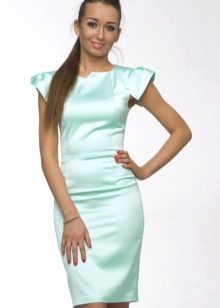
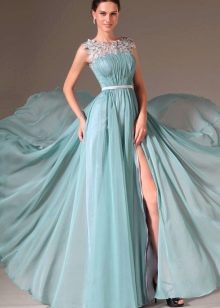
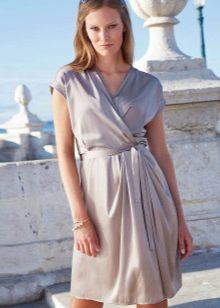
Popular styles and models
The most popular style of satin dress is the sheath dress, which will always be in fashion. The model gives the girl sexuality, and the satin shine makes her irresistible. The length of the sheath dress should be up to the knee, and the choice of color depends on the girl's taste.

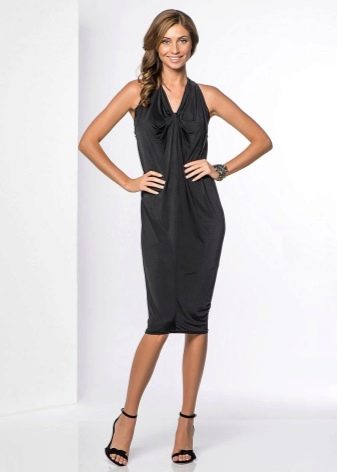

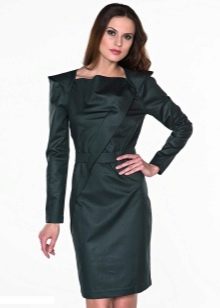
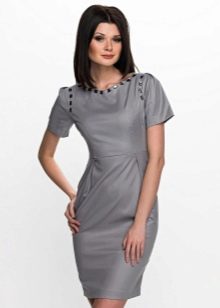
Satin dresses are an excellent choice for special occasions. If you need to make a splash and be in the spotlight, then a bustier dress or other tight-fitting style in a bright color will allow you to become the queen of the evening.
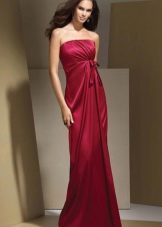
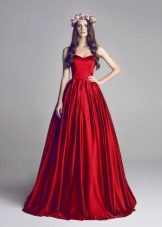


Wedding and evening options
White satin looks divine, so many brides prefer a wedding dress with this particular fabric. A wedding dress with natural lace trim looks great. But it is worth remembering that a satin wedding dress looks restrained, strict and elegant. If this outfit is to your liking, and it will look harmoniously in the style of a wedding, then you will not find the best fabric.
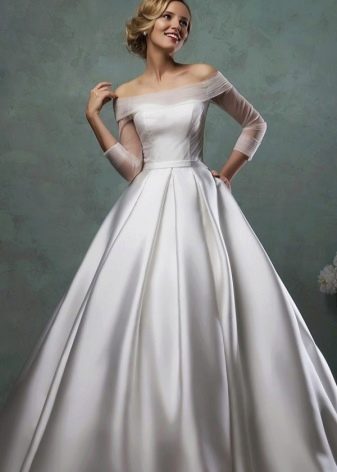
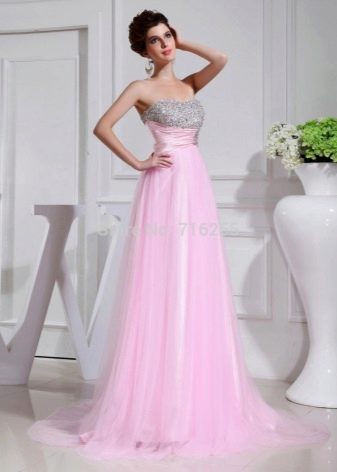
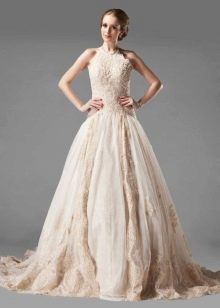
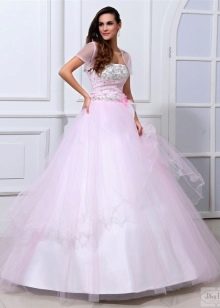
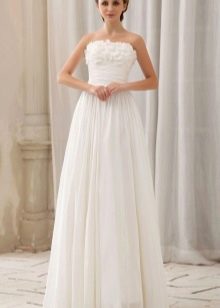
Satin evening dresses are also in great demand, because they are distinguished by their sophistication. Often, evening dresses are decorated with satin inserts, which gives them shine and richness.
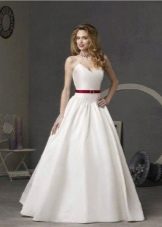
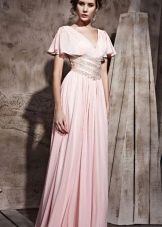

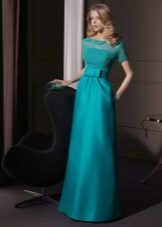
Length
Short
Short satin dresses add femininity and romance to the image. This version of the outfit can have a fitted or a loose bodice. For an evening dress, designers offer luxurious short dresses with layered ruffles and ruffles.
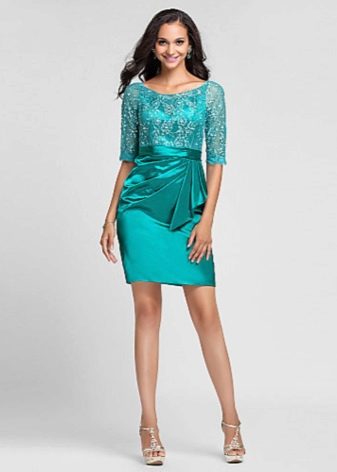
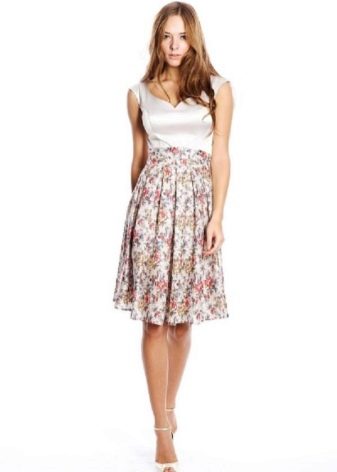

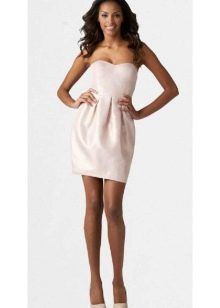
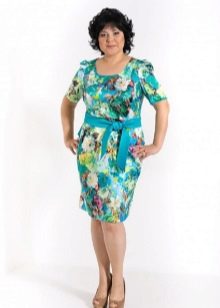
Long
A light, graceful floor-length dress will attract male attention, because light closeness always arouses interest among representatives of the opposite sex. A long satin dress is very relevant today. Flared floor-length skirts made of satin look very beautiful. The choice of colors will give the image attractiveness and charm.
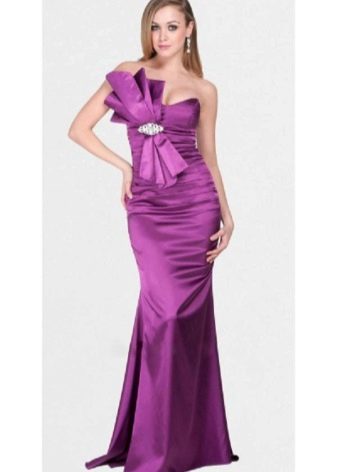
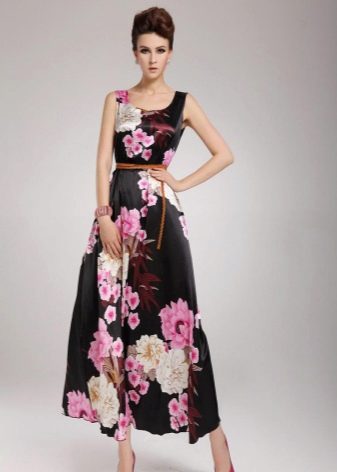
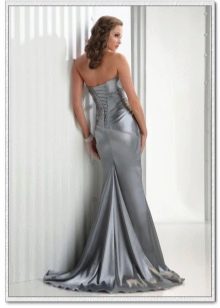


Many European designers use satin in their collections of long dresses, offering their vision of beauty. Some fashion designers prefer translucent fabrics that resemble a light veil, while others offer delightful thick canvas designs. Often, a long satin dress can be suitable both for business meetings and for dinner in a restaurant.
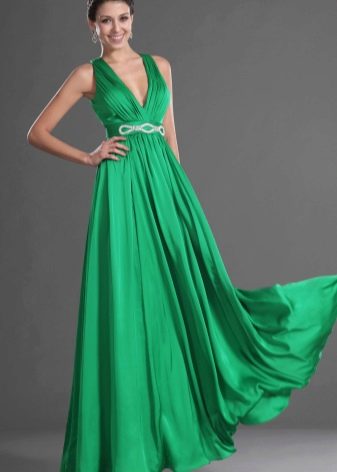
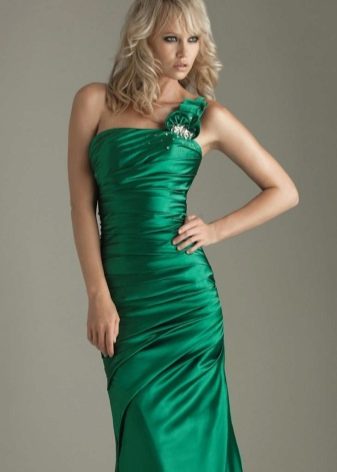
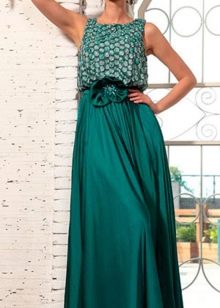
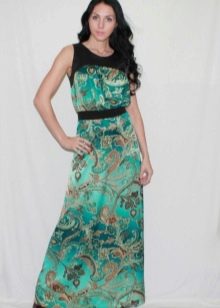
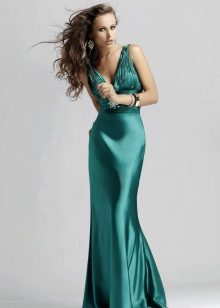
Summer models
Satin is an excellent choice when sewing summer dresses due to its good ventilation and hygroscopicity. In this outfit, every girl will look charming, romantic and mysterious. Short and long airy dresses are in fashion today.
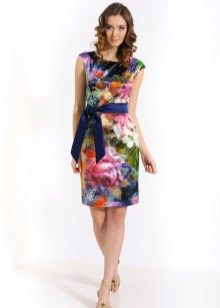

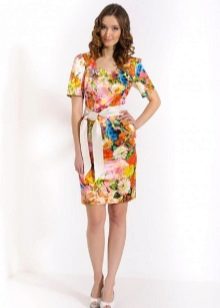

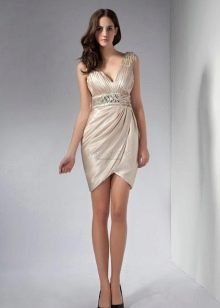

Are they fit complete?
Light, flowing satin is also suitable for overweight women. An airy satin dress will help create a fashionable, attractive and confident look. Due to its "fluidity", this material allows you to hide problem areas of the figure. A plump woman will be able to look perfect at work, a party or on a romantic date.
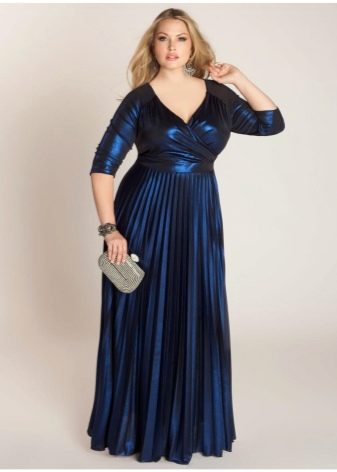
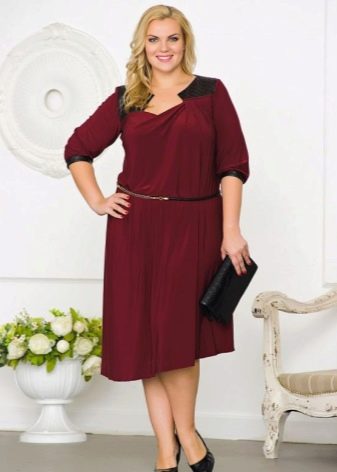
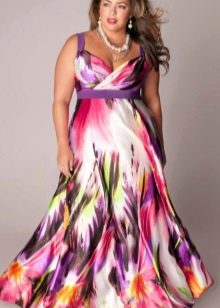
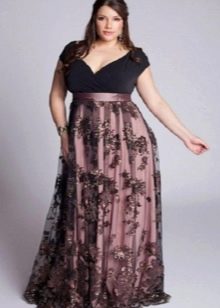
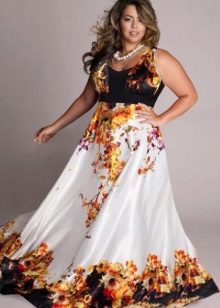
Among the variety of styles, it is worth paying attention to dresses in the Empire style, trapezoidal cut and spectacular draperies.
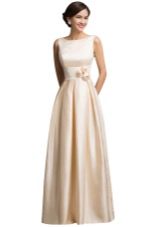



Care
Satin dress is easy to care for. The main thing is not to use a washing machine, give preference to hand washing. Water temperatures can reach 40 degrees. You should not specially wring out the dress, because the fabric dries very quickly. Although satin does not wrinkle much, it does require ironing. A lightly heated iron will help smooth the fabric, but iron only from the wrong side.
